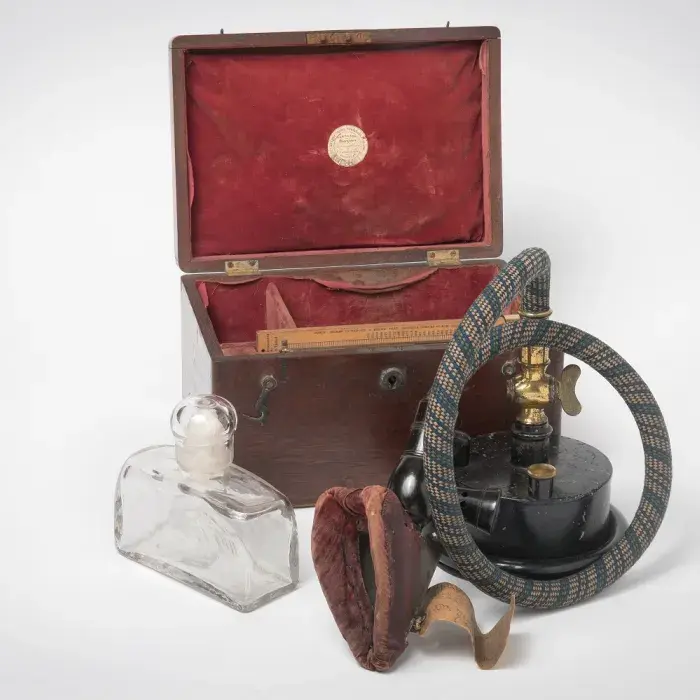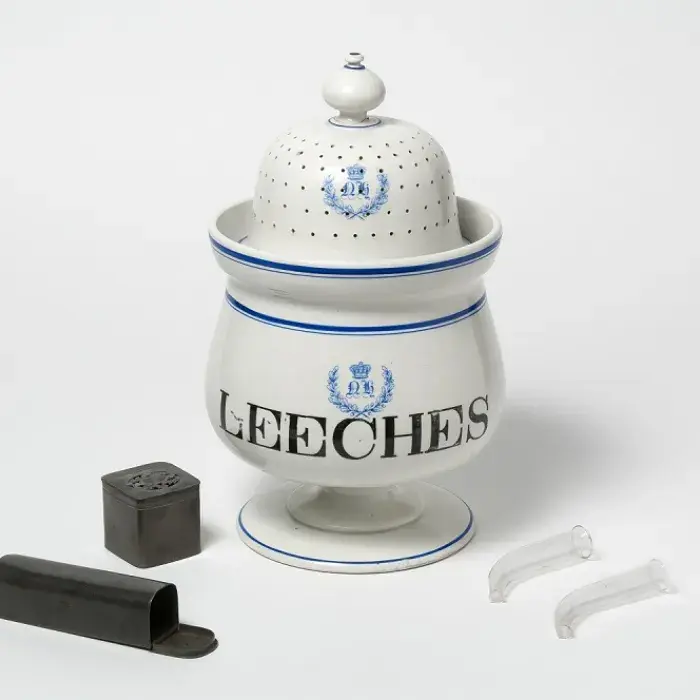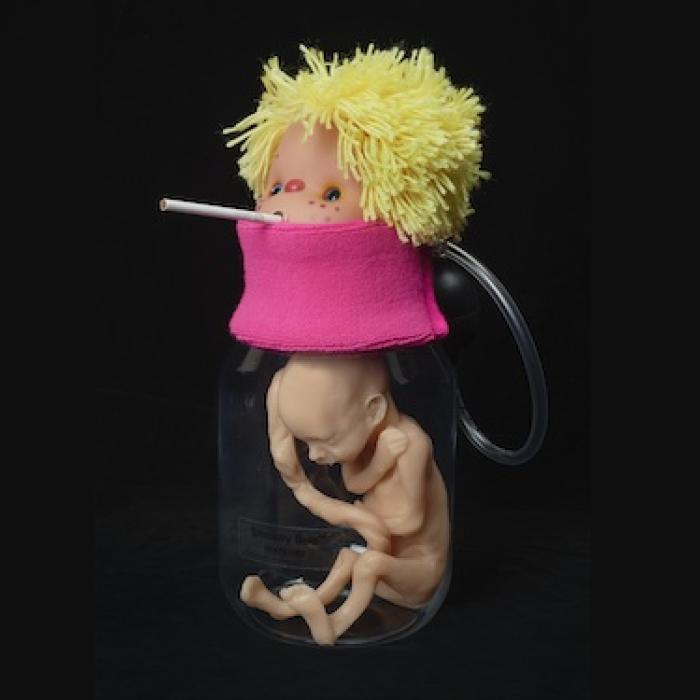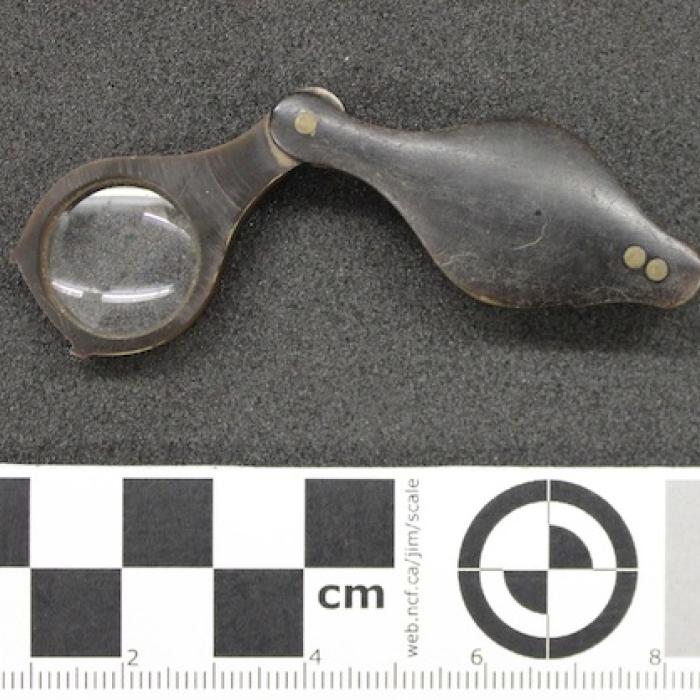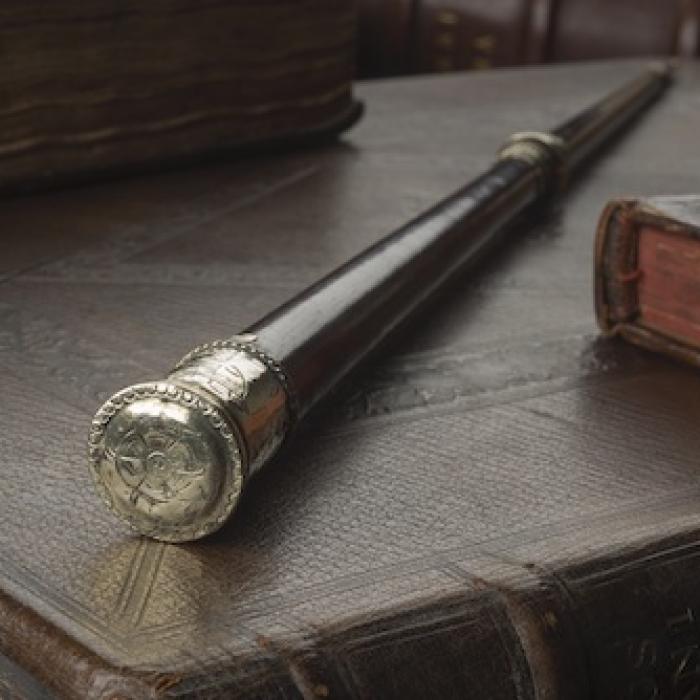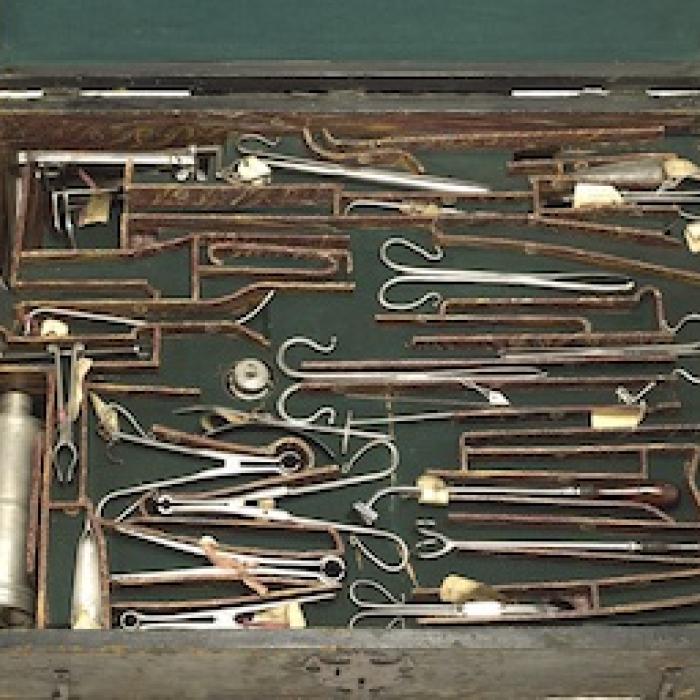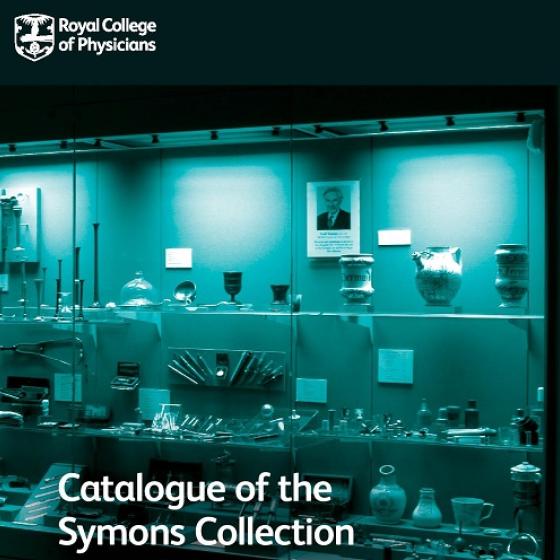More information
Related pages
Symons collection
The Symons collection is housed at the Royal College of Physicians, and contains artefacts which would have been used by physicians and for self-care in the home.
‘Fools and savages explain: wise men investigate’: Sir William Withey Gull
William Withey Gull was a somewhat unusual character in Victorian medicine, rising from a humble background to become physician to Queen Victoria, and courting not a little controversy on the way.
Banishing the ‘white plague’: innovations in the treatment of tuberculosis
The new Curator’s Curiosities heritage trail starts with an artificial pneumothorax device once used in treating tuberculosis, a disease also known as consumption, phthisis and the ‘white plague’.
One for sorrow: death at the sign of the magpie
On 3 April 1637, at a meeting of the Royal College of Physicians censors, fellow Dr Robert Fludd informed colleagues of his recent investigations into the controversial ‘antimoniall cups ... solde publiquely in Gunpowder Alley, at the signe of the Magpie’.

